
Paint Color Mixing Chart Online
What Is a Color Mixing Chart? A color mixing chart is a tool that helps you create a variety of colors by mixing different amounts of two or more colors. It's basically a visual reference that allows you to quickly mix and create different shades of color. The chart typically includes a range of colors that you can mix together to create new.
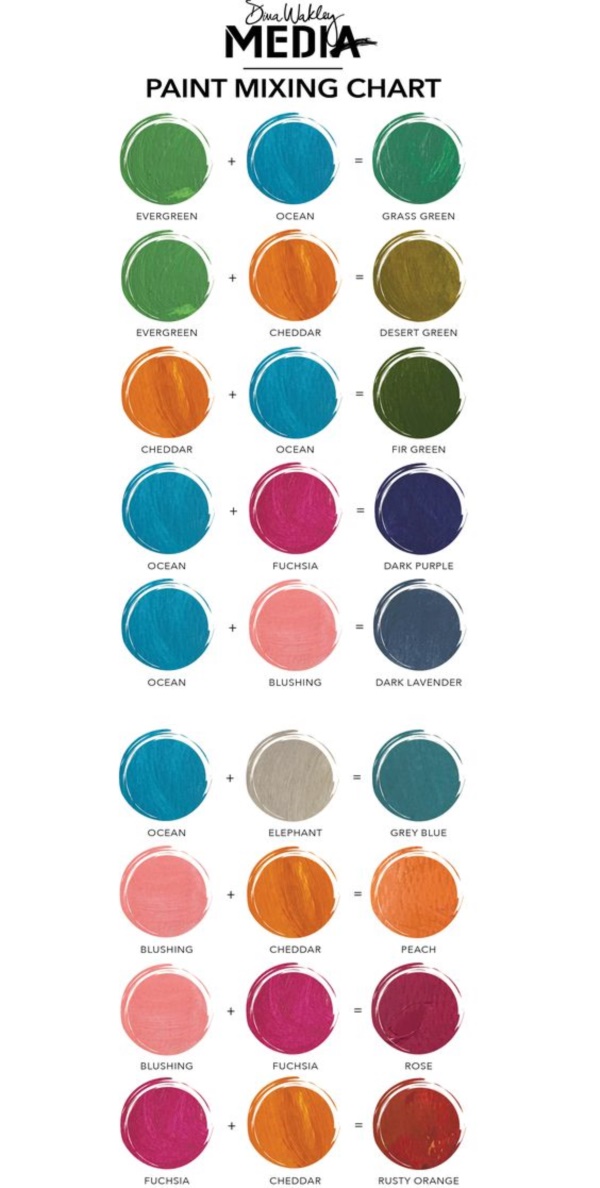
40 Practically Useful Color Mixing Charts Bored Art
Acrylic color mixing chart PDF (FREE to download) Get your own free printable color mixing chart and create mixing charts for paint brands you use often. The PDF is very straightforward, you can print only the first page, and use 2 and 3rd page only as an example. Follow the instructions above to fill in the chart with color mixing swatches.
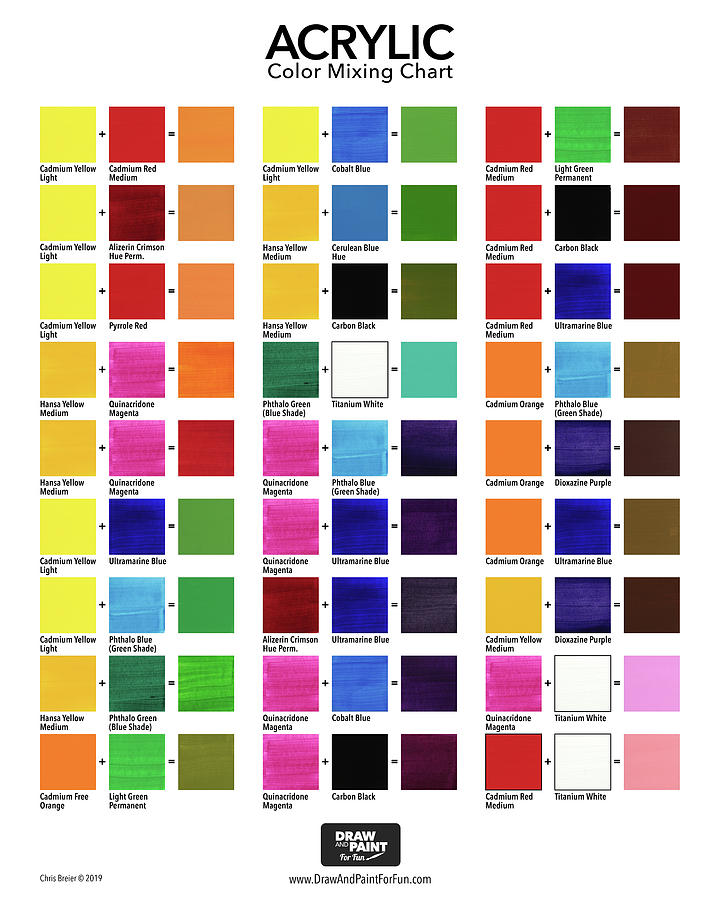
httpwwwgbphotodidacticalcaimagespainting with oil page 18 b acrylic color mixing chart
How to Make a Color Chart If you've got an extra sheet of paper, a straight edge, and your palette of choice, you can make a color chart. Here's how. Step 1: Grab your pigments. Photo: Sara Barnes / My Modern Met These can be paints, colored pencils, blendable markers—any medium in which you'd like to create a color chart.
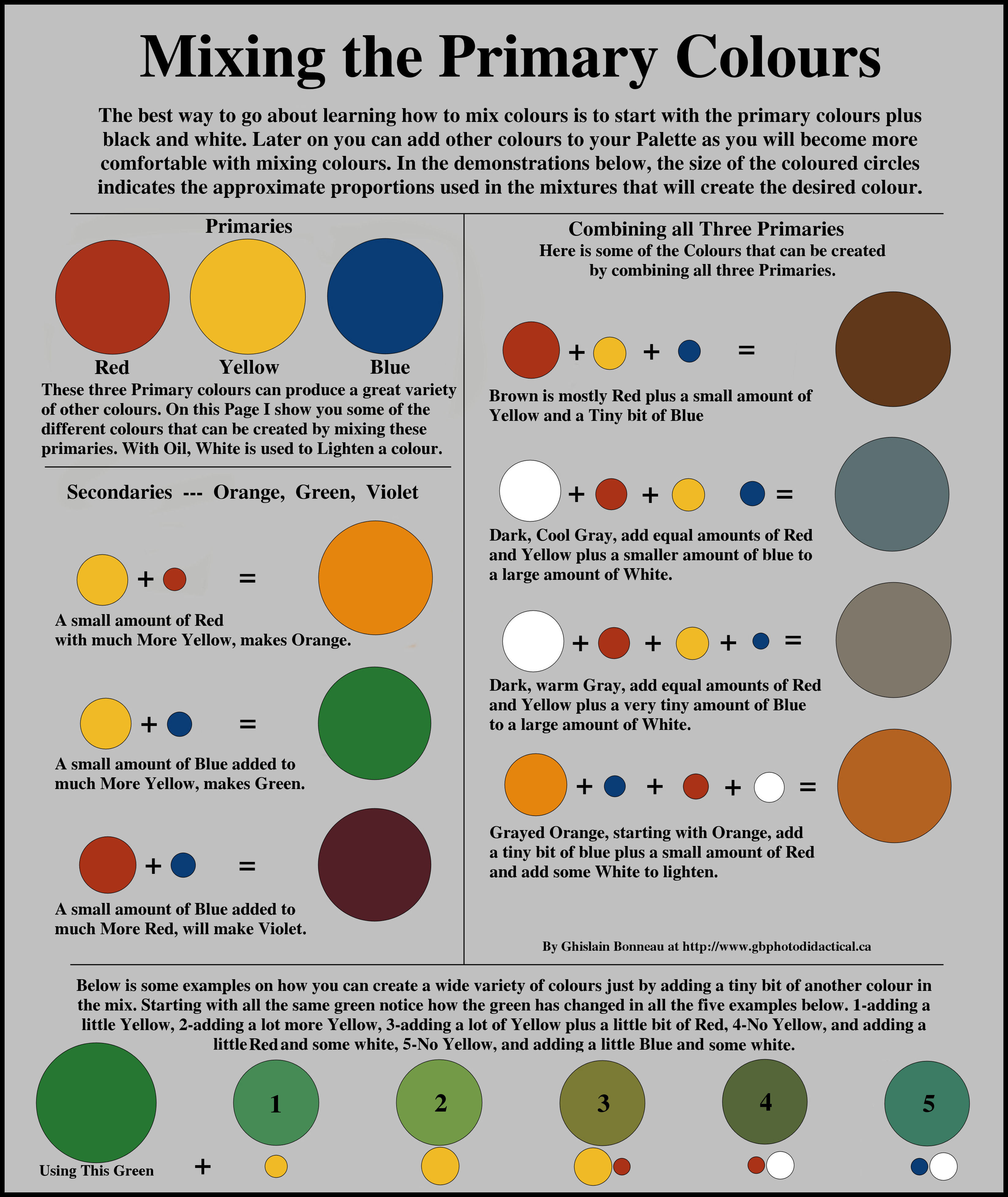
Mixing Colors Chart Paint images
How to mix colors? Start by clicking the 'show mixer' button at the bottom of the screen. This will open the mixer, where you'll find an empty canvas and a set of starting colors below it. When you click on a color, 1 unit of virtual paint will be added to the canvas.

How To Mix Paint Colors Chart UNUGTP News
A color mixer is a browser tool, which allows you to mix or blend colors in different quantities and see the mixing result. You can switch between different color modes, like rgb, lch or hex. The color mixer helps you also to learn the color mixing basics for painting. We warmly suggest to also try out our free color wheel app!

Pocket Guide to Mixing Colours Paint color wheel, Color mixing chart, Color mixing
A paint mixing color chart is a tool used to mix colors to create a desired hue. Color charts are typically organized into a grid-like structure, with each square in the grid representing a particular color. Depending on the type of paint mixing chart, the squares may contain information such as the color's name and its RGB, CMYK, or HEX values.
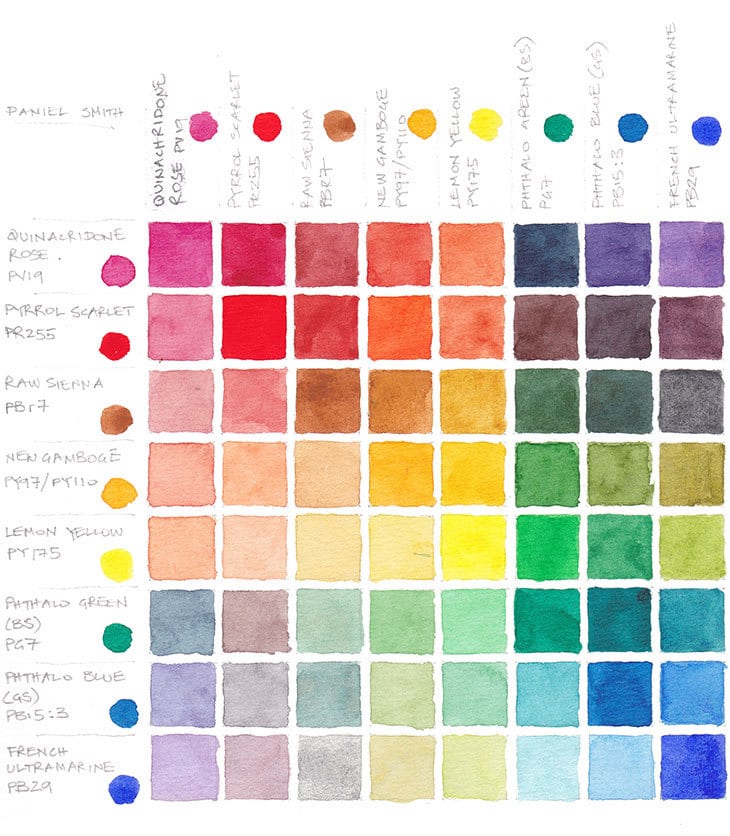
How to make a watercolor mixing chart step by step Watercolor Affair
Creating a paint mix color chart is a great way to accurately mix and match colors to create the desired hue. Start by deciding on the colors you would like to mix, and then mix each color separately. Once you have mixed the colors, you can then create a chart of the different shades and hues. Create a color wheel with the primary colors, and.

️How To Mix Gold Color Oil Paint Free Download Goodimg.co
Most artists develop their own color mixing chart—or several—and work on recognizing color relationships (primary, secondary, tertiary; complementary colors; warm vs. cool colors) and how colors vary in tone and intensity. Color is one of the most expressive aspects of painting, as well as one of the most subjective.

Mixing paint colors, Color mixing, Color mixing chart
A basic paint color mixing chart, or a , is comprised of 12 pure colors. The colors are organized in a way that shows you how they were derived. Red, blue and yellow are called primary colors. Unlike secondary, tertiary and quaternary colors, primary paint colors cannot be "made" by mixing.

️How To Mix Oil Paint Colors Free Download Goodimg.co
Table of Contents. 1 Why You Should Get Involved in Mixing Your Own Colors; 2 Getting to Know the Basics of Color Theory. 2.1 The Three Primary Colors: The Building Blocks of Your Artistry; 2.2 Secondary Colors: The Next Step Up; 2.3 Tertiary Colors: Time to Show Off; 3 The Color Wheel: A Helpful Color Chart. 3.1 Complementary Colors; 3.2 Analogous Colors; 3.3 Triadic Colors
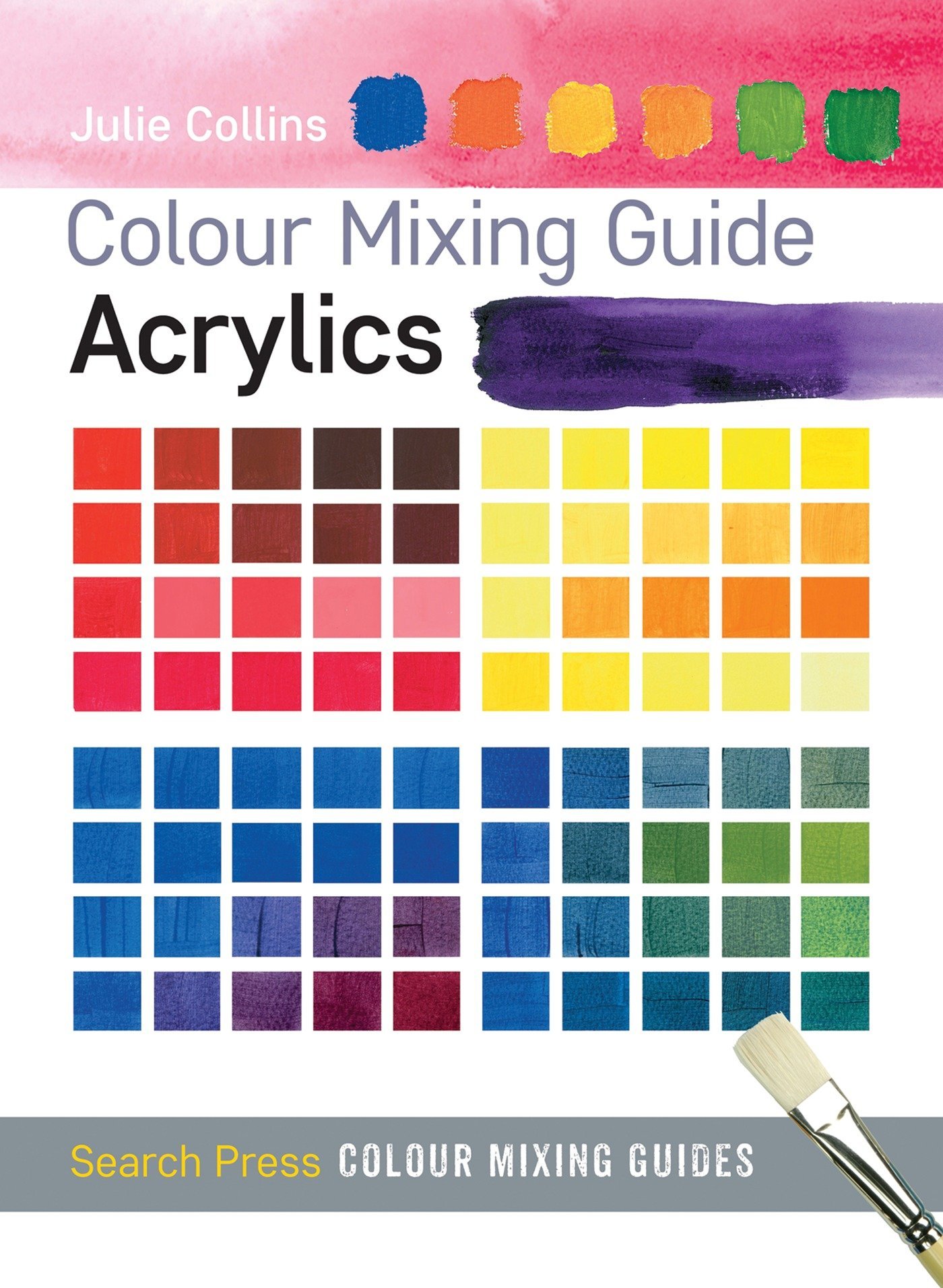
Watercolor Mixing Chart Download at Explore collection of Watercolor Mixing
There are three main ones: orange, violet (or purple), and green. You mix red and blue to get violet, red and yellow to get orange, and blue and yellow to get green. Of course, there are yet more colors. What are tertiary colors? Tertiary colors are created by mixing two colors on a color wheel, one primary and one secondary.

Paint Color Mixing Chart Online
Mixing paint can seem daunting at first, but knowing the basics will help you create artwork that you feel proud of and give you confidence to move forward with more complex paint mixing. In this tutorial, we'll show you how to mix paint when working with a variety of mediums, from acrylic to oil.

Patina Color Mixing Chart Color mixing chart, Color mixing, Mixing paint colors
My free color mixing chart contains 29 color mixing recipes for mixing the most common colors used in painting. You can download it by subscribing to my email newsletter. Once the signup is complete, you will receive a welcome email that contains a link to the PDF. The color mixing chart is also part of my color mixing course, see below.

M Graham Watercolor Chart Watercolor Mixing Chart Download Paint color chart, Color mixing
To access a perfect color-mixing chart, the following shades of paint are recommended: When mixing secondary and tertiary colors, having two different shades of each primary color makes things easier. You can get the exact tone you want with less effort, and have more color options to play with.
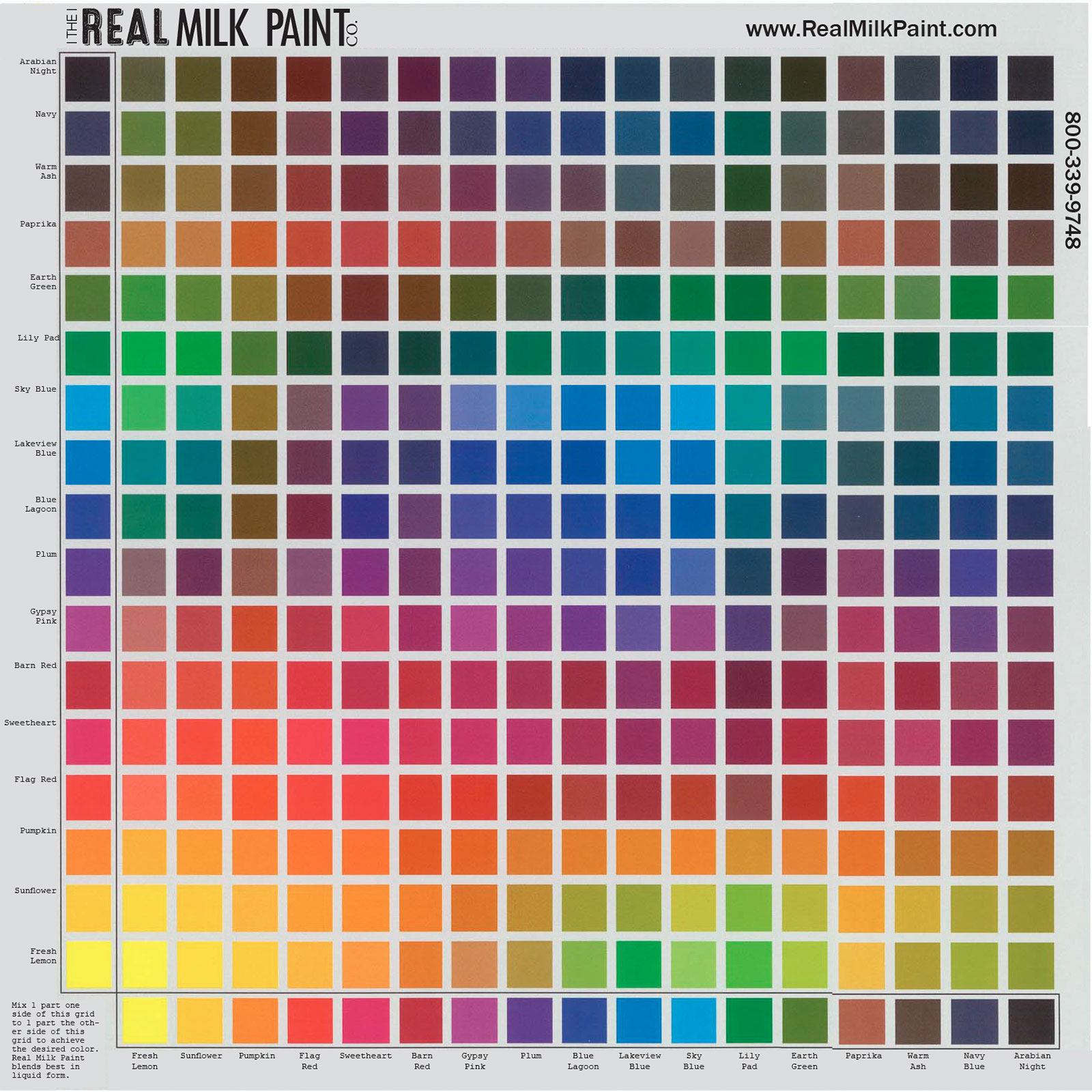
Watercolor Mixing Chart Download at Explore collection of Watercolor Mixing
Natural Mixes (Toning Down) Avoiding Mud Wet Color vs. Dry Color What Are The Different Mixing Strategies? Color Mixing on the Palette Mixing on the Canvas Optical Mixing Understanding Paint Characteristics Transparency Pigment Load Advanced Mixing Tips and How to Make Different Colors Using Media Making Black Colorful Grays

Acrylic Paint Color Lists What to Choose
A little more sophisticated is the way to create skin color. To get skin color, mix equal amounts of red, blue, and yellow to make a dark mix of colors. To get the desired skin tone, gradually add white and make sure that the formed mix is not too white or dark. The key to mixing paints is gradual thinning.